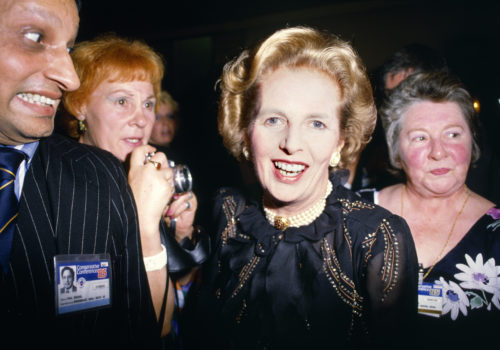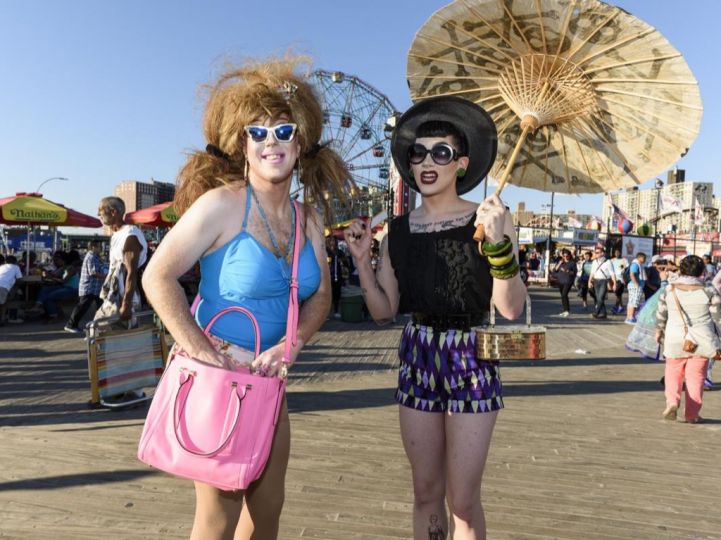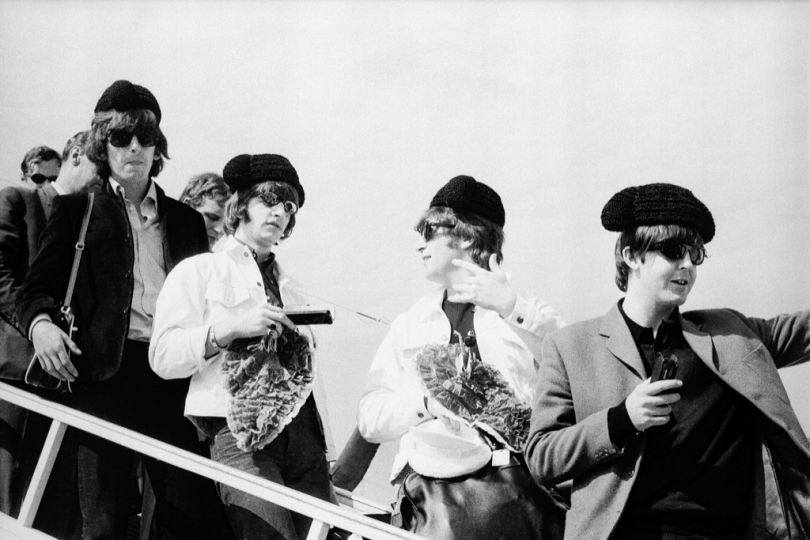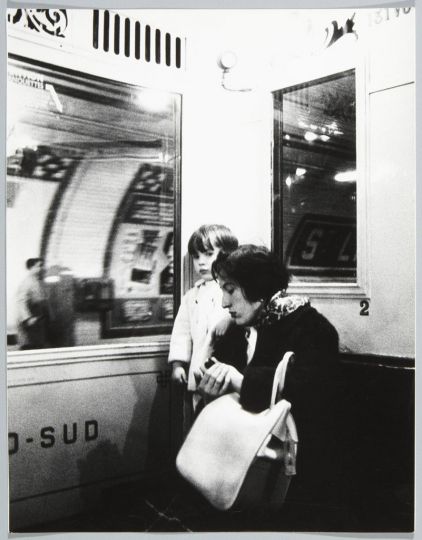The exhibition, Transitions. Ten Years that Transformed Europe, curated by Alexis Fabry and Maria Wills is a key feature of the project envisioned by Maria Garcia Yelo.
Covering the period between 1979 (the election of Margaret Thatcher) and 1989 (the fall of the Berlin Wall), the emblematic decade of a utopia gone awry is analyzed through the prism of great photographers. The artists are for the most part British (Chris Killip, Graham Smith, Martin Parr, Paul Graham, Peter Fraser), but also include some from the German Dusseldorf School and its followers (the Bechers, Candida Hofer, Axel Hütte, Thomas Ruff…), working in a strictly documentary style that centers, theoretically and practically, on the question of physical and conceptual boundaries. The vast panorama concludes with sublime series shot by Boris Mikhaïlov in Ukraine: in the Chernobyl Exclusion Zone (Salt Lake) and in the blue-tinged streets of Kharkov (At Dusk). These images are fragile testimonies to a world that no longer exists.
In the installation The Castle, consisting of a four-part maze to be explored by visitors, the contemporary artist Federico Clavarino (CBA, basement) retraces the signs and prophecies of the great founding myths of Europe and their capacity to bring meaning to our lives.
Transitions. Ten Years that Transformed Europe
& Federico Clavarino, The Castle
Until September 25, 2016
Círculo de Bellas Artes
Calle de Alcalá, 42, 28014 Madrid, Spain
http://www.circulobellasartes.com
Another large section of this European event is Faces: European Portrait Photography since 1990, an exhibition co-organized by the Netherlands Photo Museum, the Bozar in Brussels, and the Museum of Photography in Thessaloniki in Greece. On display at CentroCentro, the exhibition is a condensed version of the Belgian show. In the great tradition of portraiture, the selected 33 photographs raise the questions of privacy and individuality in the context of world history. Denis Drazacq, Alberto Garcia-Alix, Luc Delahaye, Clare Strand, Paola De Pietri, Juergen Teller, among others, hold up a mirror where empathy and the proper distance vie for reflection.
Faces. European Portrait Photography since 1990.
Until August 28, 2016
CentroCentro
Plaza Cibeles, 1, 28014 Madrid, Spain
http://www.centrocentro.org
Several notable exhibitions on the theme of Europe adopt an original point of view, such as the approach of the German artist duo, Andre Robbins and Max Becher (the ICO Museum) who are photographers as well as researchers and anthropologists. Twenty-five years of their professional career now unfold in the space of the ICO Museum. Revolving around the local–global dichotomy, the emblematic series on view include: Black Cowboys, The Exile Brands, Venice/Las Vegas, Global Village… Using photography as well as video, their research demands, in the digital age, active vision on the part of the viewer.
Robbins & Becher. Displacements.
Until September 11, 2016
Fundación ICO
Calle de Zorrilla, 3, 28104 Madrid, Spain
http://www.fundacionico.es
Other projects noteworthy for their freedom of expression and singularity:
Andrzej Tobis : A–Z Illustrated Dictionary
This project is based on a German-Polish dictionary published in the GDR in 1954, which, according to the Polish artist, encapsulates a utopia. Tobis foregrounds the dictionary’s rational subjectivity and questions its visual and linguistic impact as a propaganda tool.
To this end, Tobis establishes his own system of language classification, illustrated with the help of photography. His constantly evolving database presently includes some 550 entries.
Andrzej Tobis: A–Z Illustrated Dictionary
Until August 28, 2016
Museo Lázaro Galdiano
Calle de Serrano, 122, 28006 Madrid, Spain
http://www.flg.es
The Museum of Romanticism showcases another Eastern-European project with an exhibition of the work of the Czech photographer Miroslav Tichý, a rebellious, unclassifiable artist, long persecuted by the Communist regime. The museum pays him homage with an elegant exhibition focused on his vision of the woman as a muse and inapproachable embodiment. Initially a painter, Miroslav Tichý decided to take up photography by manufacturing his own cameras using found materials. His life of a marginalized recluse, spent between prison and psychiatric hospital, in conditions of extreme insecurity, never stopped him from bearing witness to the transformations of his hometown in Moravia, which he never left. Cast in subdued, grey tones, the blurry, sensual forms emanate direct, raw poetry subject to the vagaries of chance and accidents.
Miroslav Tichý, or the Celebration of the Photographic Process
Until August 28, 2016
Museo del Romanticismo
Calle San Mateo, 13, 28004 Madrid, Spain
http://www.mecd.gob.es/mromanticismo/
Last but not least, the Greek artist Yannis Karpouzis (PHE 2015 Discovery Award) and his exhibition Parallel Crisis at the art center in Alcobendas: As one of the corollary effects of the Greek crisis, the still, suspended temporality of these images also explores the nature and process of photography. Isolation and silence underscore the negation of social time and the ongoing disintegration. Trying to hold back time is a futile enterprise which, however, finds in these images a restrained and sober expression of an unfolding drama.
Yannis Karpouzis, Parallel Crisis
Until June 18, 2016
Centro de Arte Alcobendas
Calle de Mariano Sebastian Izuel, 9, 28100
Alcobendas, Madrid, Spain
http://www.centrodeartealcobenas.org



















